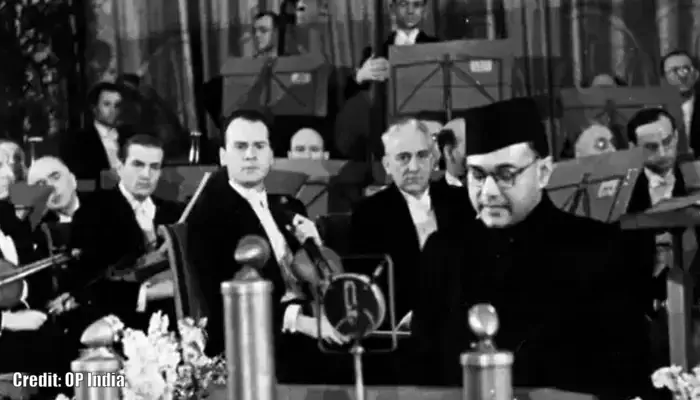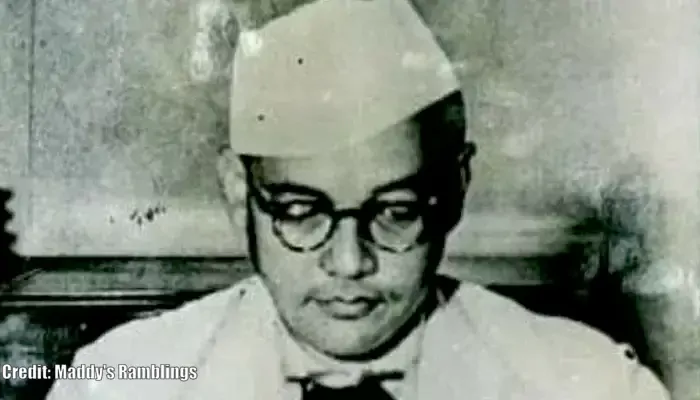
Before India spoke through Mann Ki Baat, it was Netaji’s Azad Hind Radio that carried the voice of rebellion across continents
In a world fractured by war and held together by static and signals, a solitary Indian voice broke through the noise from Berlin. It wasn’t a soldier’s shout or a diplomat’s call—instead, a broadcast that was bold, urgent, and raw. Subhas Chandra Bose, exiled yet resilient, had discovered a new battleground in the fight for India’s freedom. Instead of trenches, this battlefield was a radio station located inside Nazi Germany.
Long before India’s Prime Minister started connecting with citizens through Mann Ki Baat, Bose had already sketched out the plan. His chosen tool? Azad Hind Radio. His powerful message? Freedom—clear, passionate, and non-negotiable.
Born in Cuttack, Odisha, Bose was always known for his independent spirit. During the 1920s and 30s, he passionately advocated for a more forceful pursuit of independence within the Congress. As his views grew distant from Mahatma Gandhi and other moderates, he chose to forge his own path. To Bose, mere slogans were insufficient; India needed arms, strategic planning, and support from international allies.
That led him to seek help from the Axis powers. It was a move filled with controversy, not because of any particular ideology, but out of sheer desperation. In 1941, he arrived in Nazi Germany, and a year later, on January 7, 1942, Azad Hind Radio was launched, marking a new chapter in the struggle.

Broadcasting in multiple languages—English, Hindi, Bengali, Gujarati, Tamil, Telugu, Pashto, even Persian—Azad Hind Radio wasn’t just a wartime PR stunt. It served as Bose’s personal connection to millions.
From Berlin to Bengal, his words travelled faster than armies. He celebrated Japan’s victories in Asia, praised the Quit India Movement, and encouraged Indian listeners to shed their colonial shackles.
It was more than just information; it was a rallying cry. At a time when British-controlled All India Radio offered cautious updates, Azad Hind lit up radios with messages of resistance. For many, tuning in became a quiet but powerful act of rebellion.

Radio in 1940s India wasn’t just entertainment but a form of political influence. British officials attempted to restrict Axis broadcasts by banning their public transmission, but it was too late.
Berlin’s signals reached drawing rooms and shop corners in cities like Jodhpur. A 1940 AIR survey even noted a growing preference for anti-British coverage. By the end of the war, radio licences had increased significantly. India wasn’t merely listening—it was engaging.
As Bose moved east, first to Singapore and then to Rangoon, his broadcasts continued. Even after the Indian National Army’s defeat in 1944, Bose did not cease his broadcasts. His voice remained on air until June 1945, resonating through the airwaves even as guns fell silent.
Today, Azad Hind Radio's legacy continues to resonate. In Cuttack, Bose’s ancestral home has been lovingly transformed into a museum, where a recreated radio station shares his story—not in silence but through sound. The gallery fills the air with recordings from that vibrant, turbulent era, giving visitors an intimate glimpse into Bose’s powerful audio campaigns.
While no full-length tapes of his original broadcasts have survived, transcripts, translated scripts, and collective memory keep his voice alive. Several museums across India and Southeast Asia proudly showcase exhibits dedicated to his influential radio campaigns, ensuring his legacy remains vibrant and inspiring.